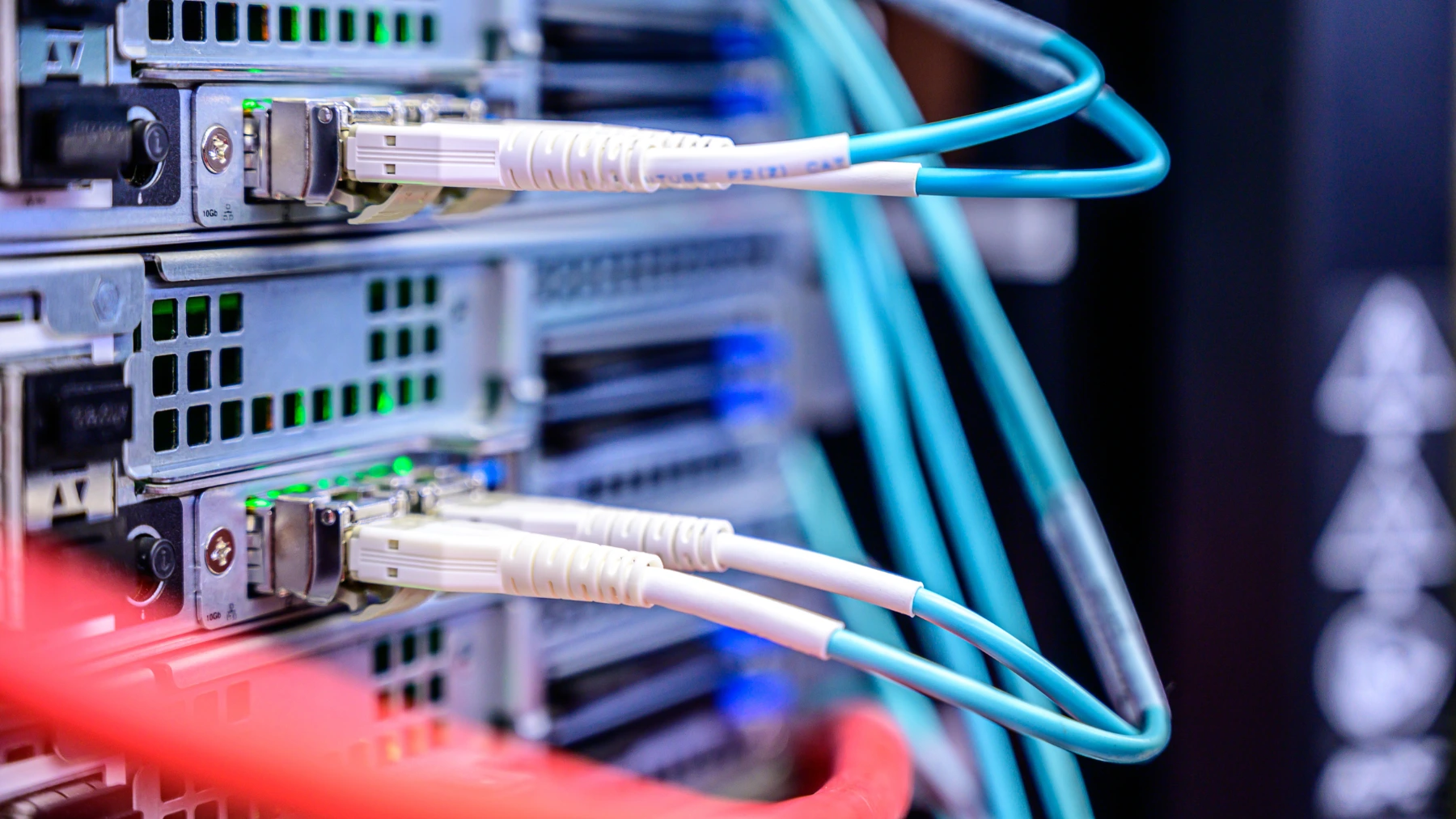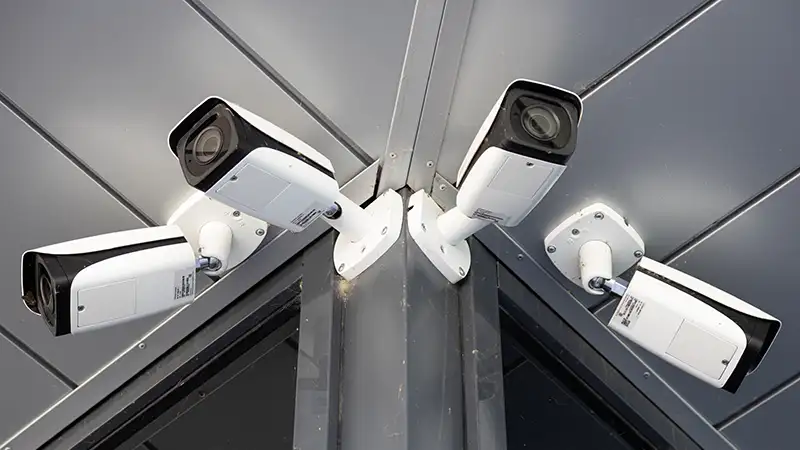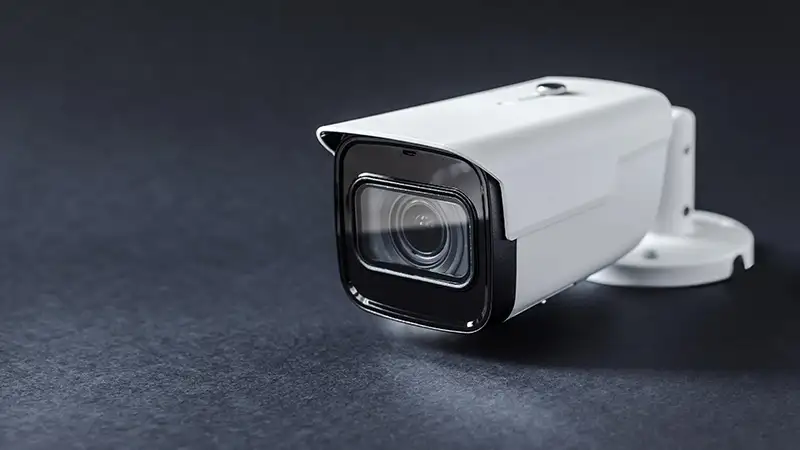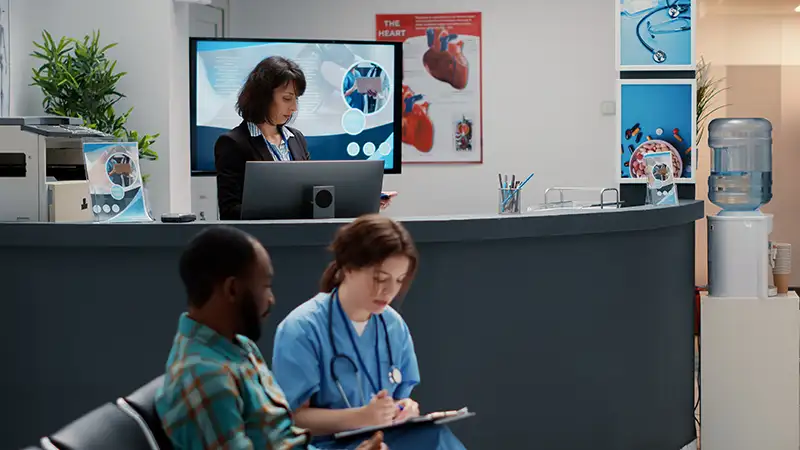
- May 14 2025
- |
- Reading Time: 3 Min
Is Your Drive Thru Tech Costing You Sales? 5 Warning Signs to Watch For
Reading Time: 3 minutesIf your drive thru sales aren’t where they should be (or if you’re hearing more customer complaints than usual), you’re probably wondering what’s going wrong.
Is it the staff? The menu? The marketing?
Or could your drive-thru technology be holding you back?
For many quick-service restaurants, drive-thru orders account for 50–70% of total sales. When the technology that powers your drive thru isn’t keeping up, it can quietly cause long wait times, order mistakes, and customer frustration. As a result, you lose sales and get fewer repeat customers.
But how do you know when it’s time to upgrade or when your existing system is still good enough?
In this guide, we’ll discuss five clear signs that your drive-thru system could be hurting your sales. We’ll also explain what to do next so you can fix problems quickly and cost-effectively before they impact your bottom line.
Why Your Drive-Thru Tech Matters
For many restaurants, the drive thru is the main revenue driver. That’s why slow, outdated, or unreliable drive-thru systems can quietly erode your business.
Even small technical issues can lead to longer wait times, frustrated customers, and more order errors. Over time, these small problems can add up to big revenue losses, often without the business owner realizing the true cause.
Today’s customers expect speed, accuracy, and an easy ordering experience. If your competitors offer faster service or a smoother experience, customers may simply choose them instead.
The good news is that if you know what to look for, you can spot the warning signs early and take action before sales suffer.
5 Signs Your Drive-Thru System Is Hurting Your Sales
Here are the most common red flags that it’s time to evaluate (and possibly upgrade) your drive-thru system:
Sign #1: Long Wait Times and Slow Service
Customers value speed. If your system slows down order-taking or makes it hard for staff to process orders quickly, you’ll see longer lines and impatient customers. Some may even leave before ordering.
Clues of long wait times and slow service:
-
- Frequent customer complaints about wait times
- Lines that move slower than competitors’
- Staff struggling to keep up during peak hours
Sign #2: Frequent Order Errors
Poor audio quality, outdated confirmation screens, or delays between order-taking and the POS system can lead to mistakes. Errors mean refunds, remakes, and frustrated customers.
Clues you’re getting order errors too frequently:
-
- High rates of order mistakes
- Frequent refunds or comped items
- Negative reviews mentioning wrong orders
Sign #3: Outdated or Hard-to-Read Menus
If your menus are static, faded, or difficult to update, customers may struggle to place orders. Digital menus improve visibility and can increase upselling opportunities.
Clues you might have outdated or hard-to-read menus:
-
- Customers frequently ask for clarification or repeat questions
- Menus that can’t be updated easily for seasonal items or price changes
- Competitors with brighter, more engaging menu boards
Sign #4: Unreliable Equipment or Downtime
Old or poorly maintained hardware like speakers, headsets, and screens, can break down often. Even brief outages can cause costly delays.
Clues you might have unreliable equipment:
-
- Frequent tech support calls
- Staff using temporary workarounds (like taking orders outside)
- Equipment that works inconsistently
Sign #5: Lack of Modern Features Competitors Are Using
If your competitors are using features like timing systems, AI order-taking, or remote management, and you’re not, you could be falling behind.
Clues you lack modern features your competitors are using:
-
- Declining sales despite good staff performance and strong marketing
- Customers commenting on better experiences elsewhere
- Inability to track or improve service speed
If you notice one or more of these signs, it’s time to assess your current system and consider upgrades before customer loyalty and revenue take a hit.
What to Do If You Spot These Signs
If you’ve noticed one or more of these warning signs, don’t worry. You may not need to replace your entire system.
Often, targeted upgrades or simple repairs can resolve the biggest issues. In other cases, a phased upgrade plan can spread out costs while improving performance over time.
Here’s what to do next:
-
- Assess your current system’s performance. Make note of recurring issues and customer feedback.
- Consult with a turnkey provider like Carolina Georgia Sound (CGS). We’ll evaluate your equipment, site, and goals.
- Get honest recommendations. We’ll suggest the best solutions for your business, whether that’s repairing existing components, upgrading key features, or planning for a full system replacement when the time is right.
Taking action now can prevent small problems from becoming costly ones and keep your sales growing.
Why Work With CGS?
At Carolina Georgia Sound (CGS), we understand that technology should make your business easier, not harder.
When you work with us, you get:
-
- Honest, transparent assessments. We’ll tell you whether you need a full upgrade or just a few key improvements.
- Custom solutions. No cookie-cutter packages. We tailor every system to your size, traffic, and growth goals.
- Full project management. We handle everything from design and equipment selection to installation, testing, and staff training.
- Future-ready planning. We help you choose solutions that work today and grow with your business.
Our mission: To recommend what’s best for your restaurant. Plain and simple.
Think your drive thru system might be costing you sales?
Book a free consultation with a CGS expert. Let’s review your current setup and discuss smart, cost-effective upgrades.
Recent Success Stories





![]()
Great team, excellent service. We highly recommend!
Georgetown Villas Llc.
Owner,
![]()
We’ve been enjoying the music of Carolina Georgia Sound here at Roundabouts for 10+ years now. They offer a wide variety of music from all genres at an affordable price. Customer service is very helpful and responsive.
Roundabouts Consignments.
Owner,
![]()
Very fast, considerate, respectful, knowledgeable, not to mention helpful. I would recommend them to everyone! I will continue to use them!!!!!







